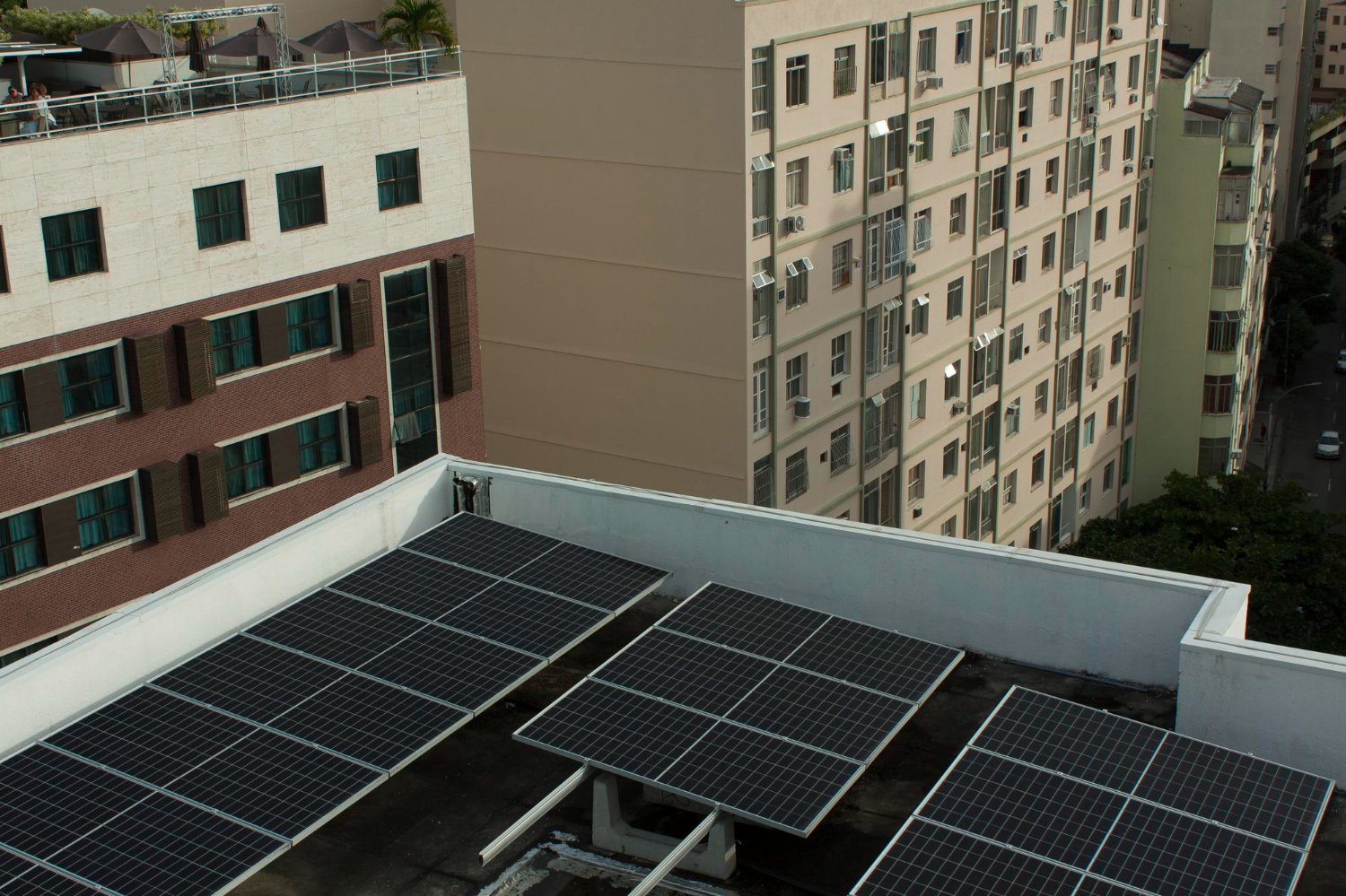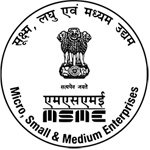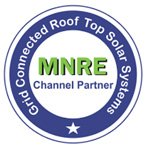 Introduction:
Introduction:Rooftop Solar Systems have become increasingly popular, providing a convenient and economical method to utilize solar energy. Nevertheless, numerous individuals still possess inquiries and misunderstandings about these systems. In this article, our objective is to tackle some of the commonly asked questions concerning grid-connected Rooftop Solar Systems, enabling you to enhance your comprehension of this technology.
What is a Solar Rooftop System?
A Solar Rooftop System is a system that consists of solar panels installed on the roofs of various types of buildings, such as residential, commercial, institutional, or industrial. There are two main categories of Rooftop Solar Systems:
(i) Rooftop Solar System with storage facilities using batteries, and
(ii) Grid Connected Rooftop Solar System.
What is a Grid?
The grid serves as a vast network of power lines and infrastructure responsible for transmitting and distributing electricity produced at power plants to residences, commercial establishments, and other users. It functions as a two-way highway for grid-tied solar rooftop systems.
Grid Connected Solar Rooftop System: How Does It Work?
In a grid-connected solar rooftop system, sunlight is converted into direct current (DC) electricity by the solar panels. This DC power is then transformed into alternating current (AC) through a power conditioning unit and injected into the grid. The injection point can be either a 33 kV/11 kV three-phase line or a 440/220 Volt three/single-phase line, depending on the system’s capacity and the regulatory guidelines set by the respective state.
Throughout daylight hours, the system produces electricity to power the on-site loads, with any surplus energy being sent back to the grid. In contrast, when solar power production is limited by factors such as cloud cover, the on-site loads can then draw power from the grid.
 Introduction:
Introduction:


